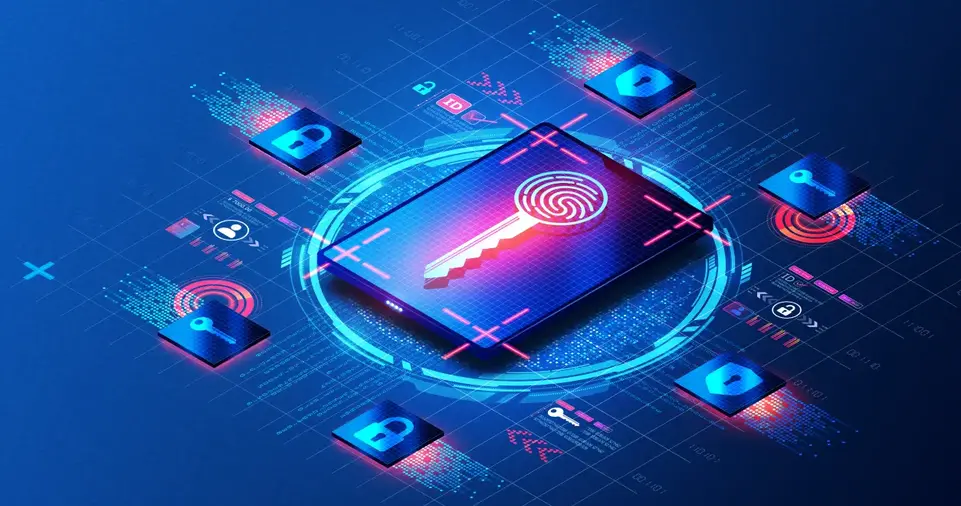With the increasing number of cyber threats, data breaches, and surveillance activities, encrypting your messages has never been more important.
Whether you are communicating sensitive business information, personal conversations, or confidential data, encryption ensures that your messages remain secure and accessible only to intended recipients.
Encryption is the process of converting readable data into an unreadable format, which can only be deciphered by authorized parties with the correct decryption key.
This protects messages from hackers, cybercriminals, government surveillance, and even malicious insiders.
Many messaging applications today offer end-to-end encryption (E2EE), but there are also various other methods you can use to secure your messages further.
In this guide, we will explore different encryption techniques, tools, and best practices to help you achieve maximum security in your digital communications.
By following these methods, you can ensure your privacy and protect sensitive data from unauthorized access.
Why Message Encryption is Important
Protects Personal Privacy
With increasing digital surveillance, encrypting your messages ensures that your personal conversations remain private.
Governments, hackers, and even corporations often monitor online communications, making it crucial to use secure encryption methods to maintain privacy.
Prevents Unauthorized Access
Encryption helps prevent unauthorized users from intercepting and reading your messages.
Whether you are communicating sensitive business information or personal details, encryption ensures that only the intended recipient can access the content.
Safeguards Against Cyber Threats
Cybercriminals often target unencrypted messages to steal personal data, financial details, and login credentials.
Encryption acts as a protective barrier against these threats, making it harder for attackers to access sensitive information.
Ensures Compliance with Regulations
Many industries, such as finance, healthcare, and government sectors, require encryption to comply with data protection regulations like GDPR, HIPAA, and CCPA.
Encrypting messages ensures that organizations meet legal requirements and avoid hefty fines.
ALSO READ: How to Secure Group Chats for Confidential Discussions
Methods of Encrypting Your Messages

Use End-to-End Encrypted Messaging Apps
One of the simplest and most effective ways to encrypt your messages is by using messaging apps that offer end-to-end encryption (E2EE).
E2EE ensures that messages are encrypted on the sender’s device and can only be decrypted by the recipient, preventing any intermediaries from accessing the content.
Here are some popular encrypted messaging apps:
a) Signal
- Security: Uses the Signal Protocol, one of the most secure encryption methods.
- Features: Encrypted voice calls, disappearing messages, and no data collection.
- Why Use It?: Trusted by security experts and recommended by privacy advocates.
b) WhatsApp
- Security: Uses Signal Protocol for end-to-end encryption.
- Features: Encrypted text, voice, and video calls.
- Why Use It?: Widely used, easy to set up, and provides default encryption.
c) Telegram (Secret Chats)
- Security: Uses MTProto encryption for Secret Chats (not default chats).
- Features: Self-destructing messages and multi-device support.
- Why Use It?: Offers additional privacy features like usernames and cloud-based storage.
d) iMessage (Apple Users)
- Security: End-to-end encrypted messages for Apple devices.
- Features: Supports SMS fallback when E2EE is unavailable.
- Why Use It?: Integrated into Apple’s ecosystem, making it convenient for iPhone, iPad, and Mac users.
Use PGP (Pretty Good Privacy) Encryption for Emails
For those who want to secure their emails, PGP (Pretty Good Privacy) is a widely used encryption method.
It encrypts the email content so that only recipients with the correct private key can decrypt and read the messages.
How PGP Works:
- You generate a public key and a private key.
- Share your public key with contacts so they can send encrypted messages to you.
- Use your private key to decrypt incoming messages.
Best PGP Encryption Tools:
- GnuPG (GPG) – A free, open-source encryption tool.
- ProtonMail – A secure email service with built-in PGP encryption.
- Mailvelope – A browser extension for encrypting web-based email services.
PGP encryption is essential for journalists, activists, and anyone dealing with sensitive information through email.
Encrypt Messages with Online Tools
If you don’t want to install encryption software, several online services provide encryption capabilities:
- ProtonMail – Encrypted email service with end-to-end encryption.
- PrivNote – Self-destructing encrypted messages.
- Crypt4All – Online AES encryption for messages.
These services allow users to encrypt and share messages securely without technical knowledge.
Encrypt Messages with Command Line Tools
For tech-savvy users, encrypting messages via command line tools provides greater control and flexibility.
You can use OpenSSL for AES-256 encryption:
Encrypt a Message:
echo "Your secret message" | openssl enc -aes-256-cbc -a -salt -pass pass:YourStrongPassword
Decrypt a Message:
echo "Encrypted message" | openssl enc -aes-256-cbc -d -a -salt -pass pass:YourStrongPassword
Command-line encryption is useful for developers and system administrators who need to secure messages programmatically.
Use Password-Protected Zip Files
Another simple way to encrypt text files is by using password-protected ZIP files.
Tools like:
- WinRAR (Windows)
- 7-Zip (Windows, Mac, Linux)
- Keka (Mac)
These tools allow you to compress text files and add AES-256 encryption, ensuring that only those with the correct password can access the contents.
Encrypt Messages with a One-Time Pad (OTP)
A One-Time Pad (OTP) encryption method provides unbreakable security, but it requires both sender and recipient to exchange a one-time-use encryption key in advance.
How OTP Works:
- The sender and receiver agree on a random key that is the same length as the message.
- The message is XORed with the key to create an encrypted message.
- The recipient uses the same key to decrypt the message.
This method is highly secure but impractical for large-scale communication due to key distribution challenges.
ALSO READ: The Importance of Sunscreen: Why You Should Wear It Daily
Best Practices for Secure Messaging
- Use Strong Passwords – Include uppercase, lowercase, numbers, and symbols.
- Keep Private Keys Secure – Store them safely to prevent compromise.
- Regularly Update Encryption Software – Protect against vulnerabilities.
- Avoid Storing Encrypted Messages Unnecessarily – Reduce exposure risk.
- Verify Recipients’ Public Keys Before Sending Messages – Prevent man-in-the-middle attacks.
By implementing these encryption methods, you can significantly enhance the security of your digital communications and protect your privacy. Stay safe and keep your messages secure!







